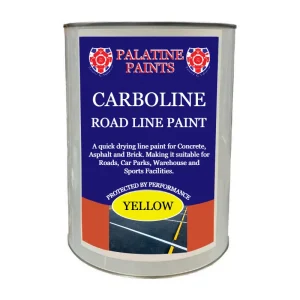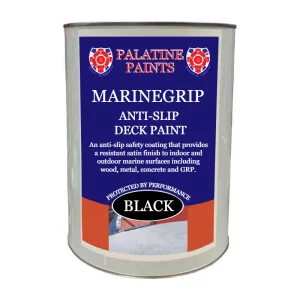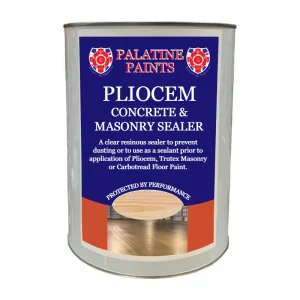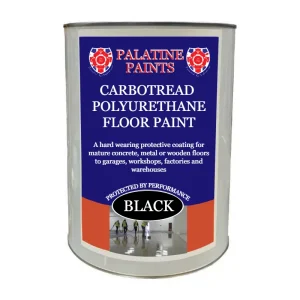All Blogs, Customer Stories, Priming and Protecting
How to Seal a Concrete Floor and Why
Concrete provides a hard wearing and inexpensive floor surface but it can come with problems which make it difficult to live with.
Concrete is of course widely used. In the home, concrete surfaces are usually covered with additional flooring such as carpet, wood, laminate or tiles.
In a garage, outhouse, workshop or warehouse, covering with additional surfacing proves expensive, so concrete is often left bare. Concrete left in this way does come with issues however, with dust being the main candidate and susceptibility to staining and damage not far behind.
Why does concrete ‘dust’ and stain easily?
‘Dusting’ occurs because the top layer of concrete is weakened, there are many reasons for this, neatly summarised here by the Concrete Society UK. Because concrete is porous, it can also stain easily and succumb to damage.
A quick, fairly easy and relatively inexpensive solution to these problems is to apply a good concrete sealer. With a sealer (like our Palatine Paints Pliocem Sealer) you can just seal it, revealing the natural concrete colour, or paint over with a suitable coating (like our Carbotread Polyurethane Floor paint).
Why use a concrete sealer?
- Binds concrete to prevent dust and flaking
- Protects from surface damage, staining and corrosion
- Seals and prepares the surface to give a sound base if subsequent coatings are to be used
- Helps to increase the lifespan of a concrete floor
How soon can I seal a new concrete floor? If using Pliocem, leave newly laid concrete to cure for at least 6 weeks before applying. Other sealers may require longer than this.
Here’s an example of Pliocem Concrete Sealer in use as both sealer and finish coat for a large project of 18,500m². Our customer Epoxy Coatings Ltd, started by shotblasting the substrate to give a key ready for the application of our Pliocem Concrete Sealer.
The Pliocem was applied by roller and because they are professionals (and clearly hard working), within 3 hours they had applied 3000m² – see the before and after shots for an idea of the scale and success of the project.
How to seal your concrete floor
Sealing a floor is straight forward but needs to be done properly. Here are our tips for applying a concrete sealer such as Pliocem:
- Power floated, granolithic and smooth surfaces should be roughened first to provide a good “key” This can be done mechanically by “abrading” or blasting (or using a suitable etching product – be sure to wash away with the clean water and allow to dry completely)
- Ensure all surfaces are clean, dry and free from dust, grease, loose and flaking material. Use a blower or vacuum if you want to be really sure that the surface is completely dust free
- Repair any cracks or defective areas and treat fungal or algal growth with a fungicidal wash such as Langlow Abicide
- Apply the sealer – sometimes it’s useful to work around the edge of the floor with a paintbrush before starting with a short pile roller
- Work in even straight lines to avoid missing patches and be sure to maintain ‘wet edge’ to keep the coating even
- Wearing protective overshoes is a handy tip
How often should I reapply sealer?
This really depends on the level and type of traffic that your floor is getting. You may get away without resealing for decades, whilst heavy traffic areas may need a re-application after five years or so.
More about Pliocem
Pliocem concrete sealer, is ideal for the sealing of porous and non-porous substrates including concrete, plaster, brickwork, lightweight concrete blocks, wood, ceramic and dense quarry tiles.
It has good resistance to both moisture penetration and chemicals, and its excellent adhesion properties allows it to be used in sensitive areas, such as where moisture has been present, and where the use of other sealing systems would be prohibitive.
See also our Masonry Paint and our Pliocem Masonry Paint
You can contact us via the following:
Email: [email protected]
Call Us: 01942 884 122
Contact form: https://www.palatinepaints.co.uk/contact-us
Live Chat Service: Press the small blue icon at the bottom left of your screen.



